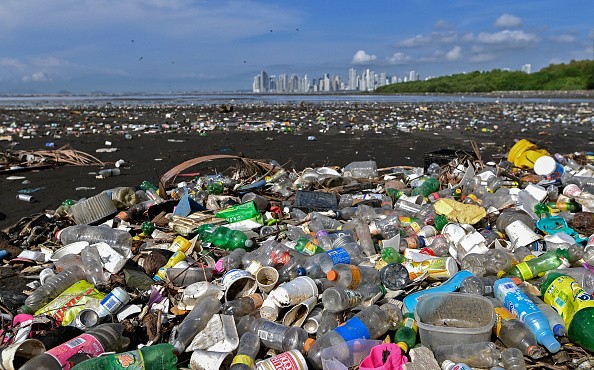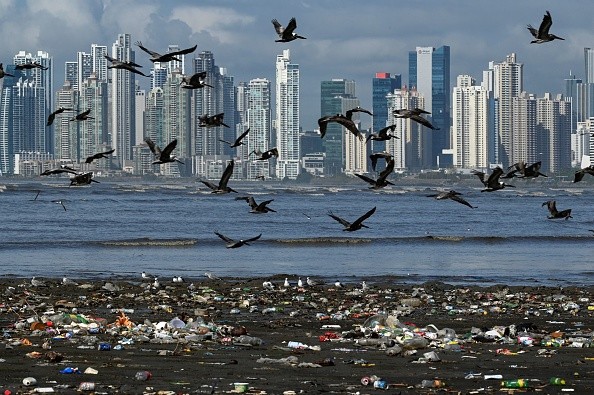There are larger concentrations of microplastic pollution in Lakes across Europe than scientists estimated in the past. As per a new study which was released on Tuesday in the journal PLOS Biology, the spread of plastic microparticles and synthetic fibers closely match up with nearby human activity and use of land.
Actually, microplastic pollution can be taken to different places, for instance, deep ocean trenches and mountain peaks, but the latest discovery gave an impression that most plastic pollution is discovered in the waters close to places where humans are making plastic waste.

Researchers trawled the surface waters of several European lakes for microplastics in the study. To recognize the chemical components of the plastic microparticles, they made use of both microscopes and spectral analysis.
Making use of both formerly released data and a model designed to give an explanation of the outcomes of their trawling efforts, researchers roughly calculated the amounts of microplastic pollution discovered in every part of the entire freshwater lake system.
Negative Impacts of Plastic on the Ecosystem
The researchers' simulations revealed microplastic pollution quadruples in water bodies close to regions that have a lot of human activity. Reduced forest cover also has something to do with increased microplastic pollution.
Researchers found that some lakes have the ability to process microplastic pollution better than other lakes. Lakes that have more active microorganisms contained minimal concentrations of plastic microparticles.
Researchers wrote: "Our study provides a valuable evidence base to help prioritize monitoring and mitigation of anthropogenic debris in the world's lakes. As anthropogenic debris continues to pollute the environment, our data will help contextualize future work, and our models can inform control and remediation efforts."
Studies have revealed larval fish can ingest microplastics and make their way up the food chain, thereby disturbing the entire ecosystem. The tiniest size of plastic negatively impacts even the largest aquatic species.

How can Microparticle Pollution be Stopped?
In a press release, Andrew Tanentzap, a lead author said most of their attention on plastic pollution is on the oceans, but they found out that microscopic plastics and man-made fibers also pollute lakes in Europe - the main drinking water sources.
University of Cambridge's head of the Ecosystems and Global Change Group and also a professor of global change ecology named Tanentzap said: "Our study can now help direct control and remediation efforts by identifying hotspots of microparticle pollution based on surrounding land use and water quality."
The study also discovered that the sampled lakes' microparticle concentrations were correctly projected on the basis of their water quality and surrounding land use.
In addition to differences in microparticle concentrations with the use of land, there were five times smaller microparticles in lakes that have more active microorganisms.
This indicated that some naturally occurring species can help get rid of microparticle pollution. Potential studies are required to separate microorganisms from the natural environment and check how capable they are to degrade microplastics and fibres.
Related Article : Can Magnets Help Break Down Microplastics in Marine Pollution?
For more news, updates about microplastic pollution and similar topics don't forget to follow Nature World News!
© 2025 NatureWorldNews.com All rights reserved. Do not reproduce without permission.





